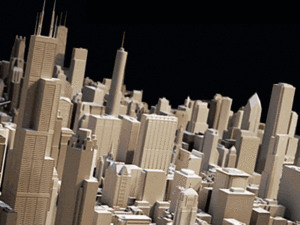
When new subdivisions and shopping centers shoot up on what once was open farmland, is that evidence of economic boom or suburban sprawl?
Opportunity for young families, or disaster for aging cities? Great news for the car industry, or terrible news for the environment?
Architectural historian, author and educator Robert Bruegmann will explore questions like these, and their broader implications, when he presents “Sprawl in Chicagoland: Can We Stop It? Should We?” on Tuesday, May 8.
Professor Emeritus of Art History, Architecture and Urban Planning at the University of Illinois at Chicago, Bruegmann is the author of numerous books and articles, including The Architects and the City: Holabird & Roche of Chicago 1880-1918 (1997); Sprawl: A Compact History (2005); and, most recently, The Architecture of Harry Weese (2010).
In his controversial book Sprawl: A Compact History, Bruegmann finds inspiration and opportunity in subdivisions and in spread-out development. The view contrasts sharply with the one argued over the last few decades by advocates of “smart growth” and New Urbanism, which promotes denser, more walkable neighborhoods and communities.
Sprawl “works because it satisfies a lot of needs. When people have been able to afford it, people move out of cities,” Bruegmann said in an interview with the Boston Globe. “We now have tens of millions of people who can do what only a small minority once could do.”
Sprawl gives us “decentralization and democratization,” Bruegmann adds – an orderly use of land that draws in working-class and middle-class people and allows them to head upward in the economy and society. “It’s a way to get things once possessed by only a few.”
Bruegmann’s lecture will begin on May 8 at 7:00 p.m. in the Founders Lounge of the Frick Center. The event is free and the public is invited. For more information, call (630) 617-3390.